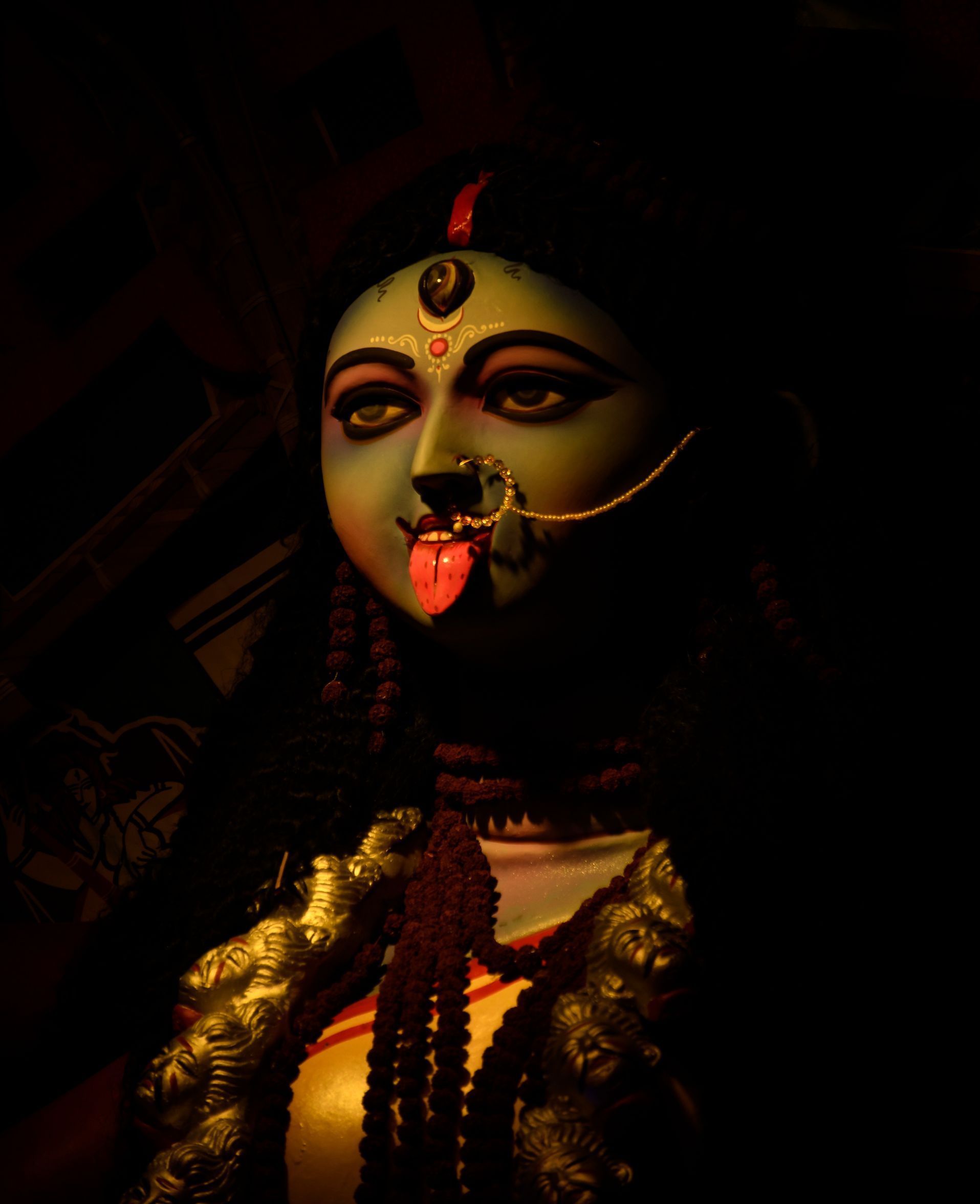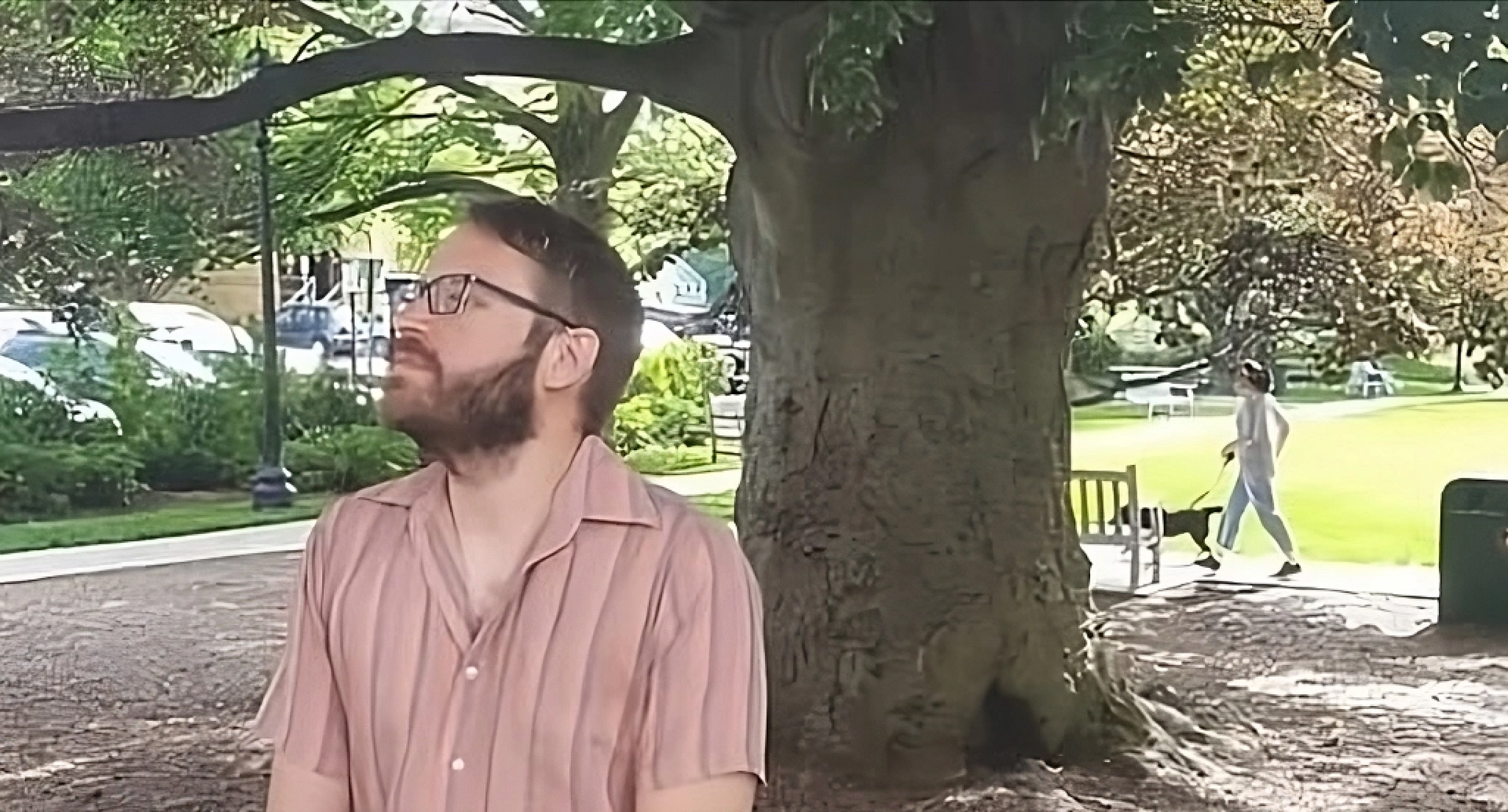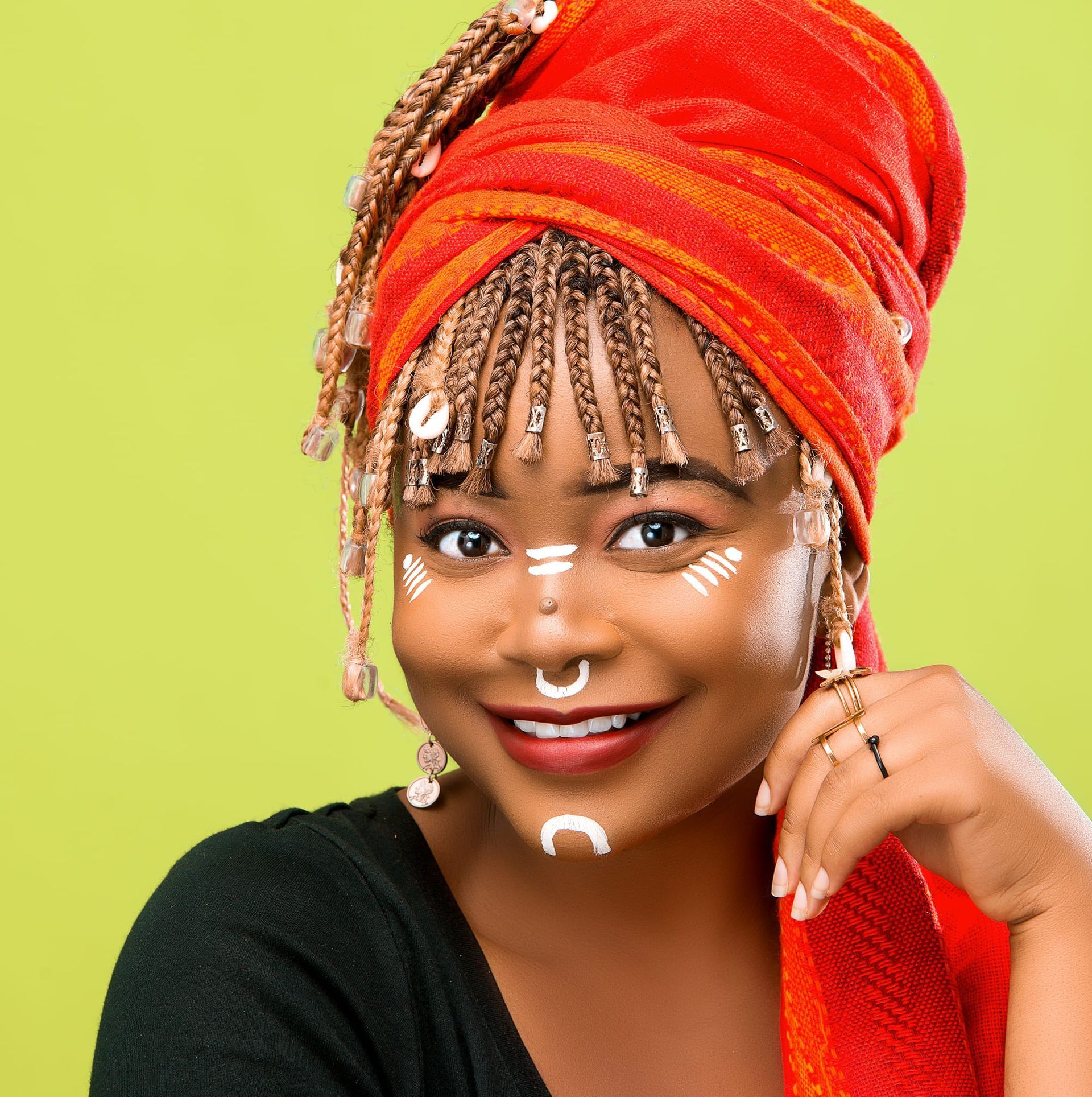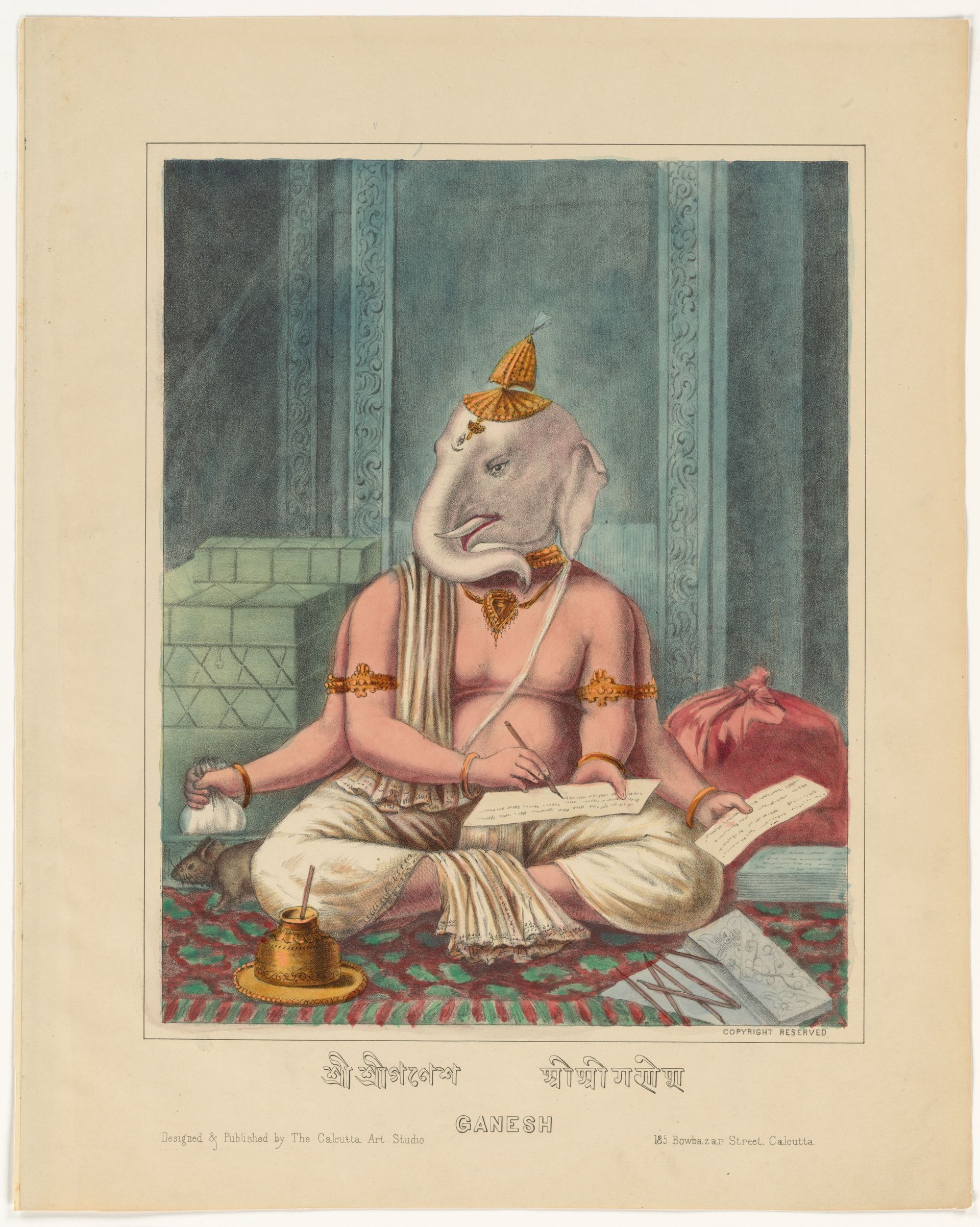ART | Impersonal Art: Cosmic Symbolism & Mucha
Apotheosis is a large painting that is part of the
Slav Epic (Slovanská epopej), a collection of 20 paintings by Alfons Mucha, one of the leading artists of the Art Nouveau movement. Mucha is widely known for his decorative and charming poster-like advertising illustrations and paintings, but few people are aware of the impressive breadth of his artistic talents. Beyond these cheerful vintage marketing works for the public, the Czech artist is one of the last master painters to elevate the classical genre in the 20th century.
Mucha was a spiritual artist, as evidenced by his artistic rendition of Le Pater (known in Latin as "Pater Noster" and in English as Our Father, the Lord's Prayer), which incorporates Hindu and Hebrew influences. Although his intentions may have stemmed from a love for his people and land, the spiritual—or universal and cosmic—dimension of his work predominates. The ability to transform personal narratives and experiences into universal ones is called genius or impersonality. It is rooted in conscious detachment towards personal experiences, and the quest for harmony and non-duality. Impersonality is the mark of enduring art and poetry, and the quality Revue {R}évolution promotes to express genius in the fine arts.
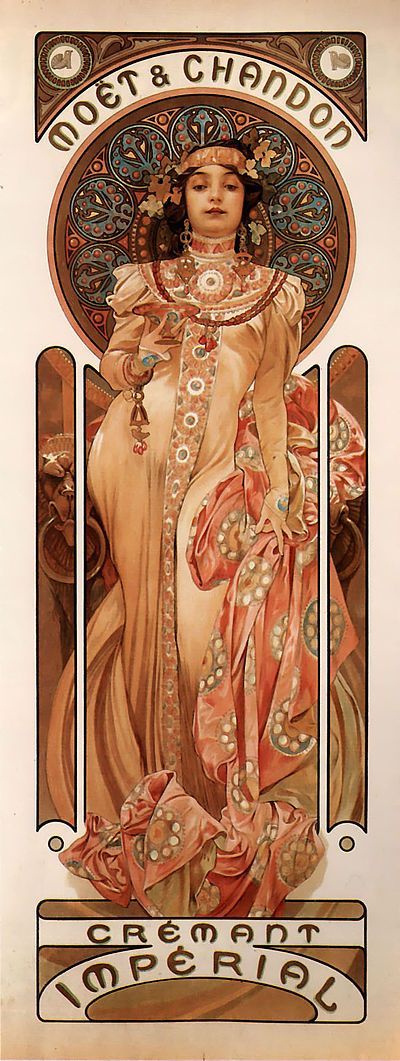
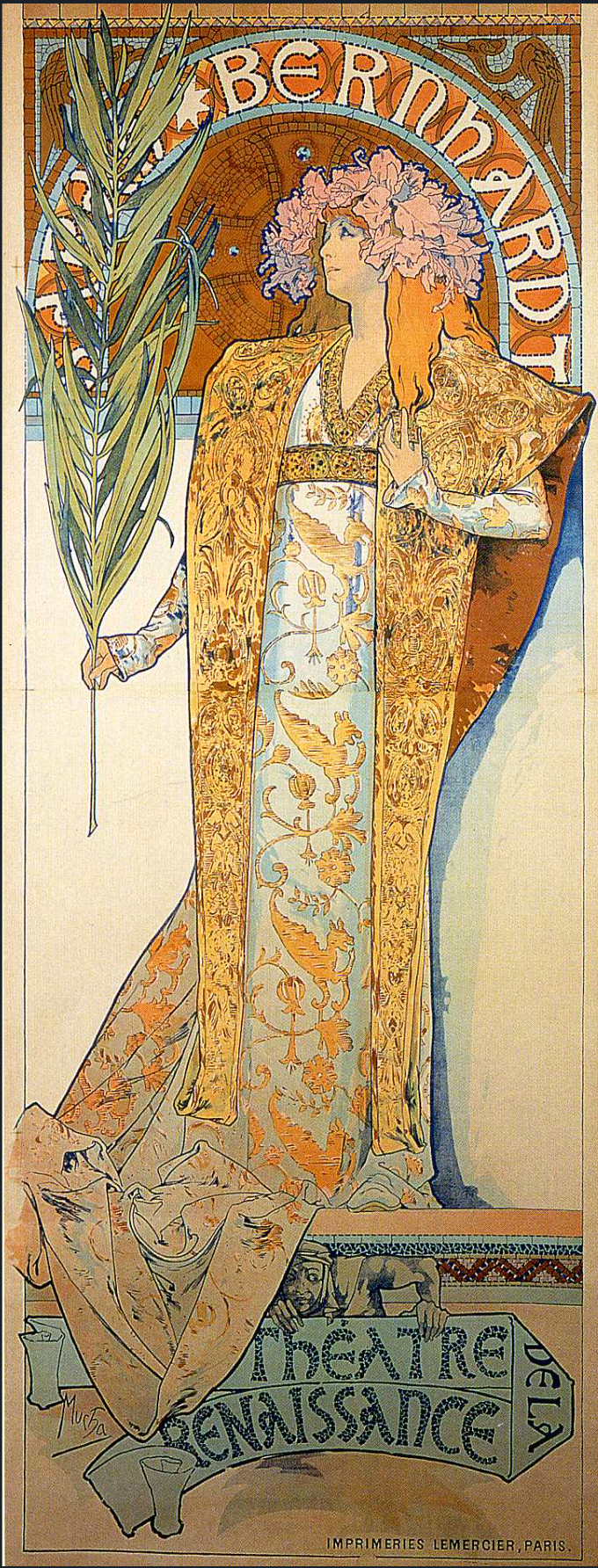
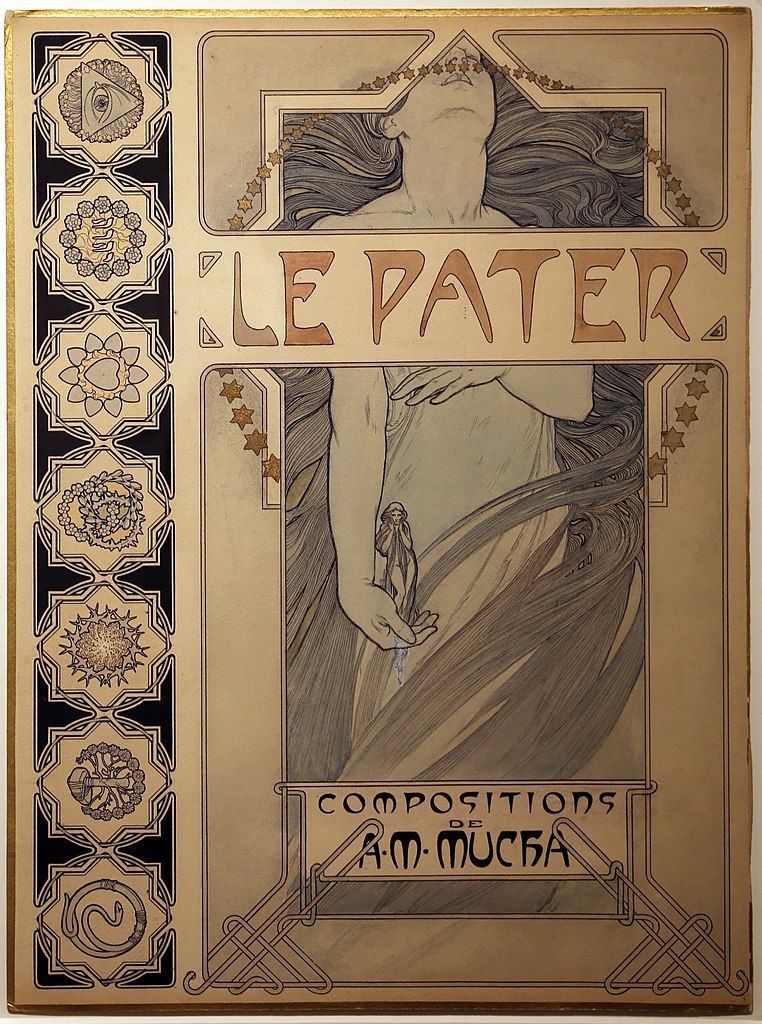
Overall, the heavily decorated illustrations of Mucha such as the ones on the left reflect the influence of Eastern sacred art. In Tibetan Thangka art or Kerala Mural Painting, for example, female and androgynous deities are lavishly decorated with flowers to saturate the viewer's perception and ignite devotion.
Artist's intent and general elements of composition
This symbolist masterpiece tells the story of the Slavs, from the 3rd to the 20th century, through 10 key events. Apotheosis has been crafted with egg tempera on a canvas sized 15.7 x 13.2 ft (4.8 cm x 4.05 m). It is a celebration of slavonic history, resilience, pride and peoples across geographies. The Slav Epic is inspired by Pan-Slavism, a political movement in favor of the integrity and unity of the Slavic people. Yet, this painting, as well as the whole Slav Epic conveys universal sentiments of beauty, marvel, and contemplation far beyond their apparent political intent.
Apotheosis consists in 4 different parts, delineated with 4 different colors: blue, red, dark blue, and yellow, each symbolizing significant times in the history of the Slavs, from the Barbarian Invasions or Migration Period (4-7th century CE) to the fall of the Austro-Hungarian empire (1867-1918).
These frank and powerful colors are dimmed and appear uniquely vapory, not quite like the Renaissance's sfumato technique, which tends to darken paintings. Mucha's colors here range from the coldest and lightest hues to the warmest tones.
Earthly tones symbolism & usage of light
At the center and bottom left corner of the composition, crescent hues of light yellow, orange, ochre, and saturated red-orange evoke passion (action, the present), nascent summer, with maidens carrying young plants and sprouts, symbolizing innocence, celebration, and triumph.
A central male figure holding ribbons and garlands of flowers standing beneath a rainbow reinforces the sentiment of victory and suggests the dawn of an eternal summer expressed with the most saturated oranges and reds. This Christic figure represents the new Slav in masculine and divine glory. Heroic and solemn, the champion's chest is bare, slightly bony, yet musculous and suggests effort, sacrifice, and reward. The white loin cloth wrapping his waist symbolizes strength, nobility, and purity.
The earthly tones surrounding the character's solar radiance and zigzagging through the darkest areas of the painting evoke the land, and attachment to the land. Mucha uses more white (light) as a continuity of the hero's radiance to dominate the center of the painting and direct the our eyes to the archetype of the washerwomen. With simple and foldy white dresses and clothes, their presence reinforces the impression of purity and evokes divine eternity, the feminine, innocence, virtue, pride, nobility, and transcendence.
Symbolism of the coldest tones
The dark, violet, and light blue tones of the composition symbolize the past, war, stillness, struggle, death, but also the divine work at play. In the upper center, Christ (center) assumes the abhaya mudra, a gesture of divine authority, reassurance, protection, and dispel of fear and ignorance. The abhaya mudra is typical of artistic representations of the Divine in Yoga which predates monotheistic religions as practiced in the West.
Mucha represented the silhouette of Saint Venceslas (right), the patron of Slavonic peoples, in the shadows, suggesting divine intervention in the march of Slavic history. The shy figure of Christ in the upper background contrasts with the messianic and triumphant posture of the New Slav, who assumes center stage of the composition.
Perspective
In terms of perspective, the composition of Apotheosis is simple and layered, rather than structured around vanishing points, a drawing technique whose aim is to suggest three-dimension. However, the painting succeeds in conveying a certain depth, due to Mucha's savvy usages of colors, saturation, light, and dark hues (not perspective per se). There seems to be 7 layers on the painting, bleeding through each other.
More comments at this point are completely unnecessary.
We leave you to ponder over Mucha's masterful project simply by contemplating the poetry of it.
____
Consider applying to our creativity coaching program, The Polymath. Designed specifically for poets and artists struggling with creativity, failure, and those of us who feel the pressure of conformism more than others, The Polymath helps poets and artists bridge the gap between personal expression and universal connection, enabling deeper connections with their audience, favoring impersonality in artistic and poetic expressions. More on the subject here.
Resources & books supporting this blog post
- Mucha Foundation. Consider zooming on the pages to enjoy your reading experience. and admire Mucha's work.
- The Art of Color: The Subjective Experience and Objective Rationale of Color (1973) in your favorite bookstore.
Note: Remember to honor the author/artist's work when referencing this article (and other visual or written works in general). Instead of copying and pasting, share the article by providing its source link and attributing the author. For Revue {R}'s articles, when the author specific name is not mentioned, use the term "The Editors." Below is our citation text for this current article. Simply copy paste it. It's essential to respect copyright laws. Thank you.
The Power of Impersonal Art: Cosmic Symbolism in Alfons Mucha's Apotheosis • Revue {R}évolution. The Editors. June 20, 2014 • https://revuerevolution.com/articles/art-the-power-of-impersonal-art-alphonse-mucha-symbolism
🎯 The deeper dive:
Share this article! ❤️
Revue {R}évolution
